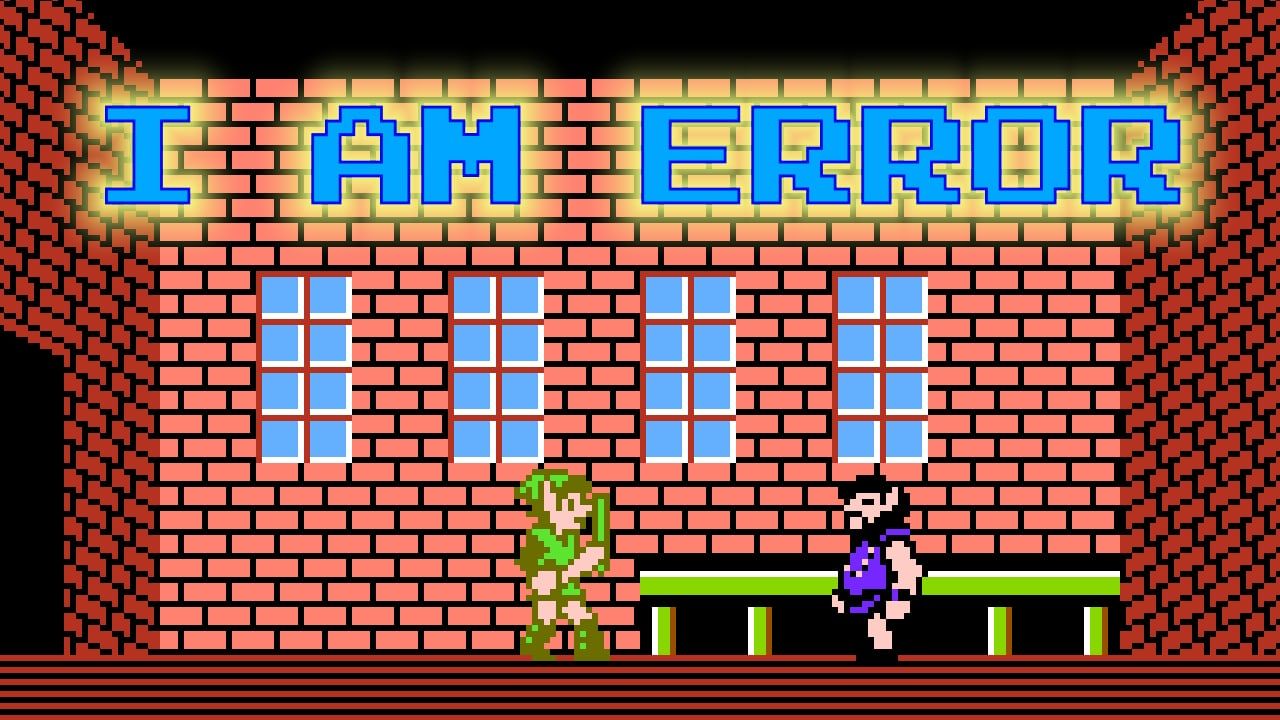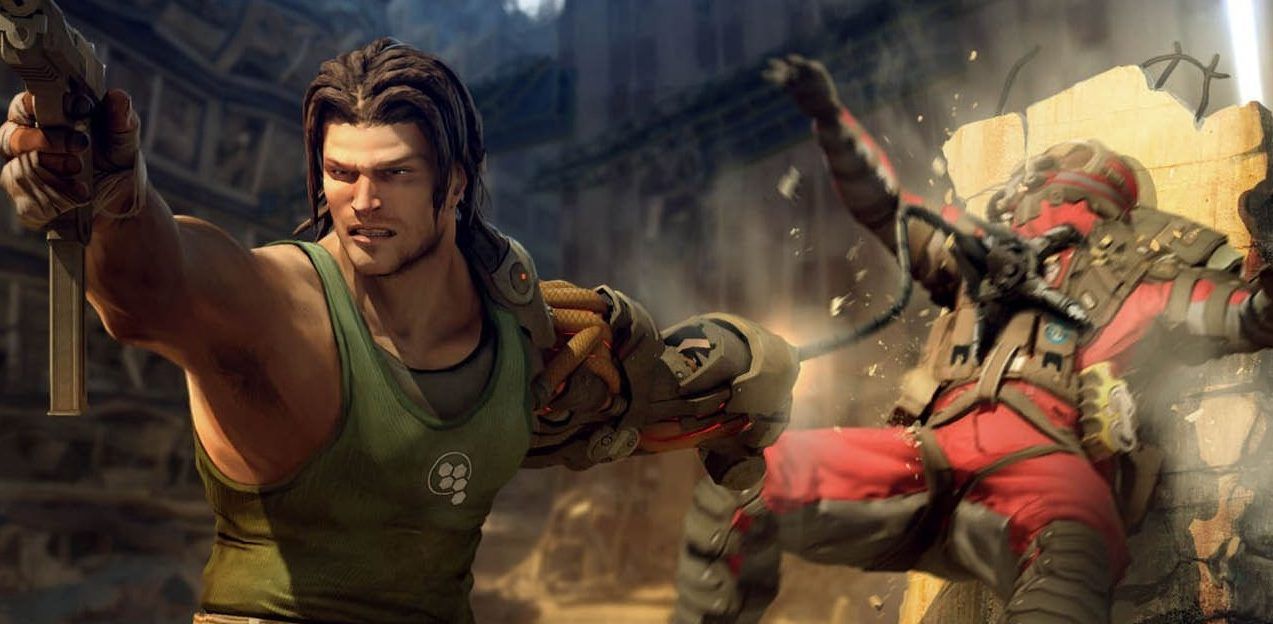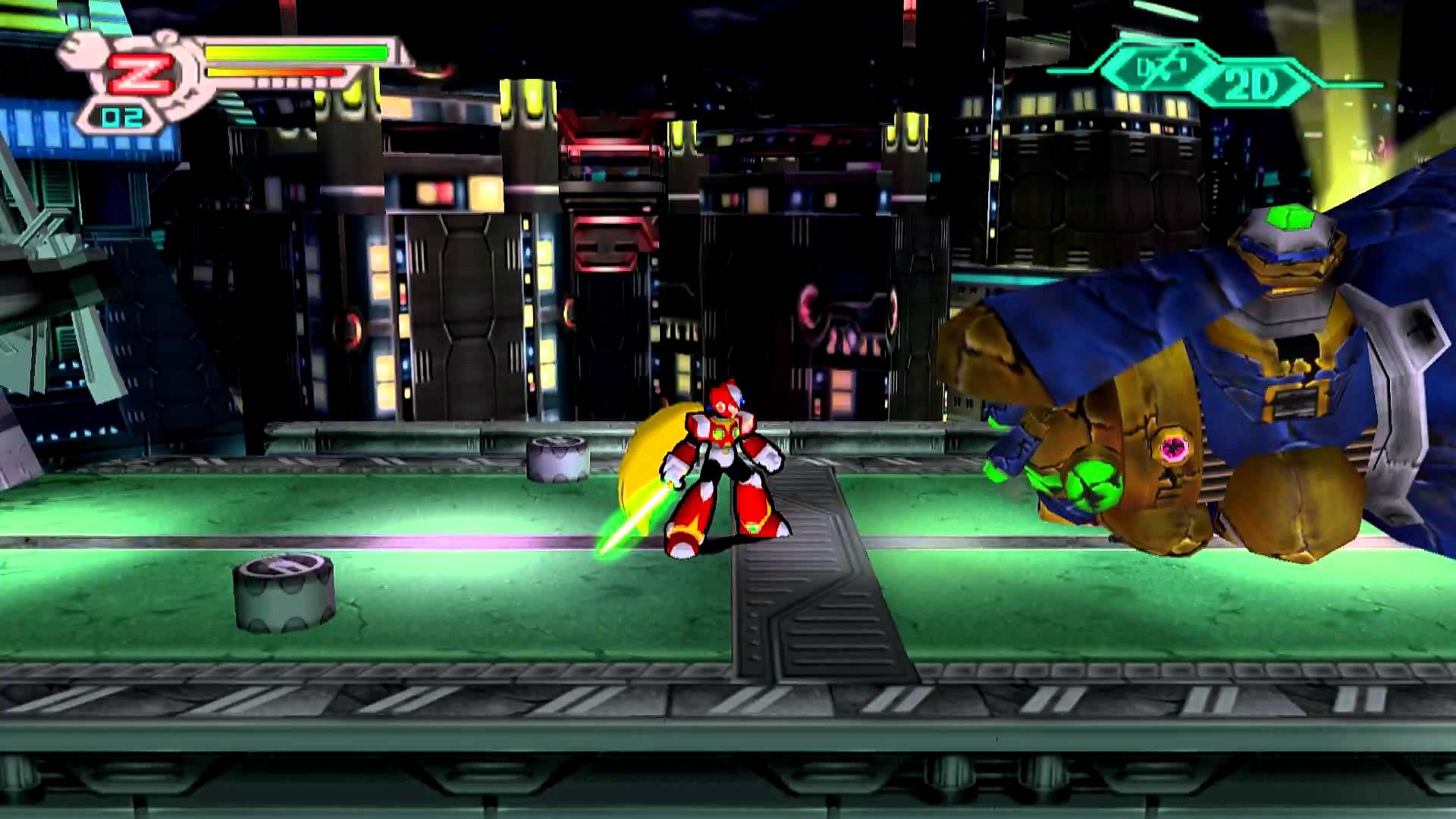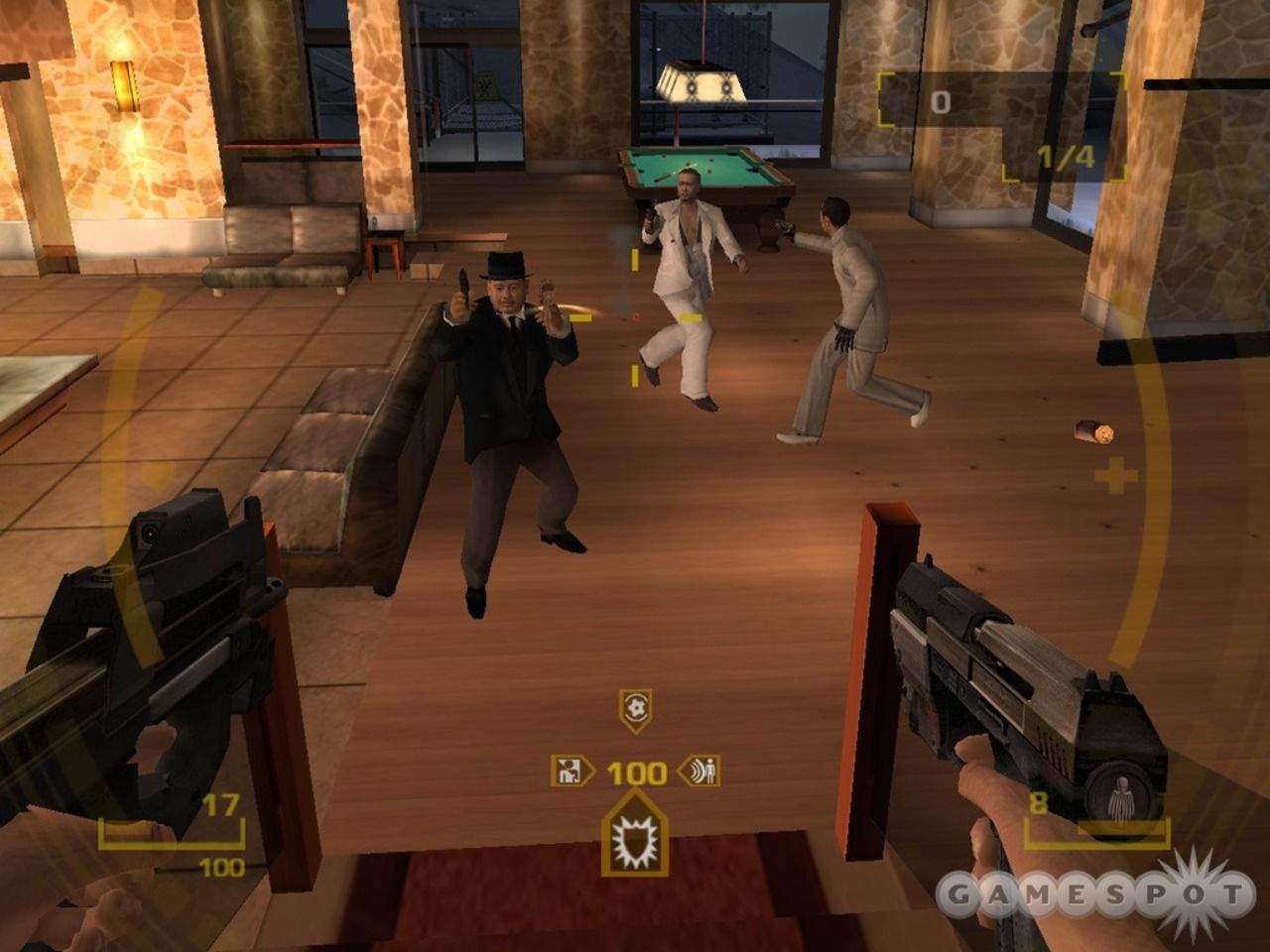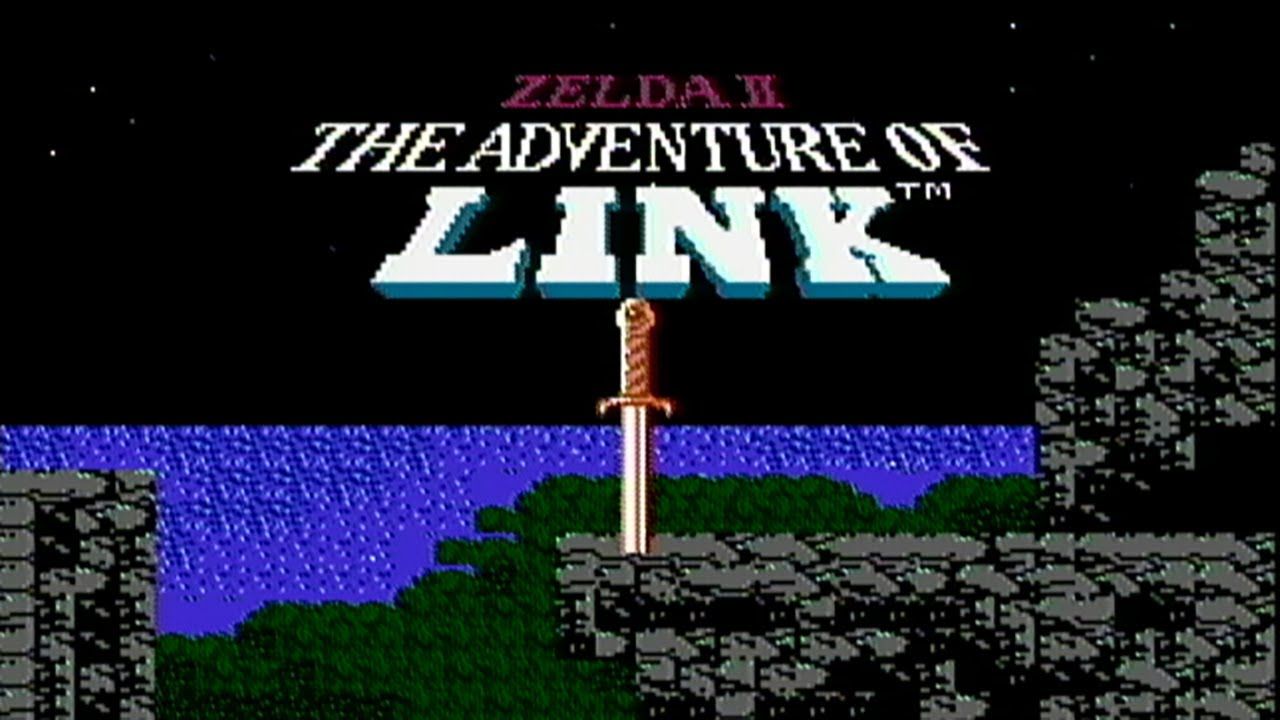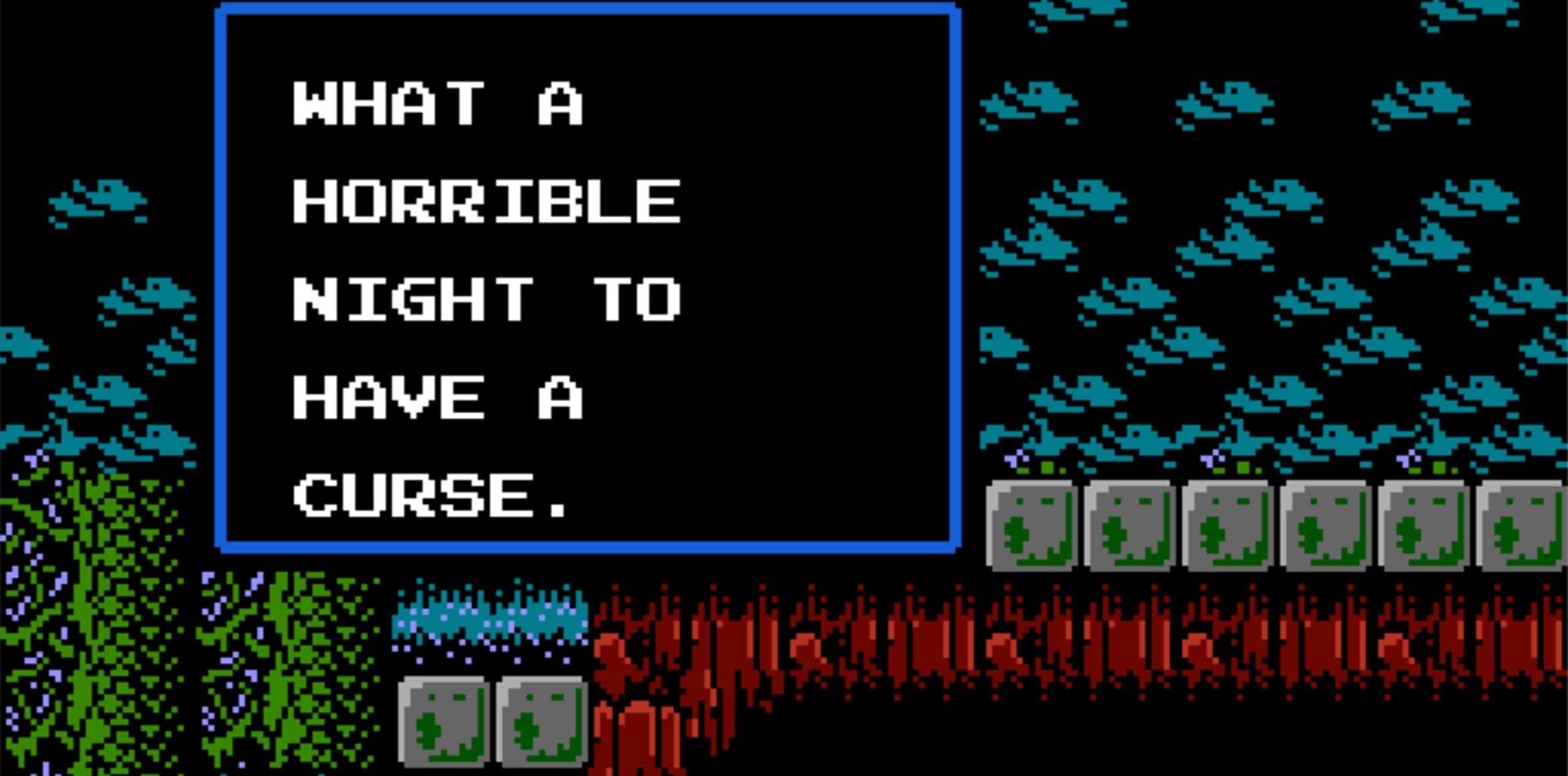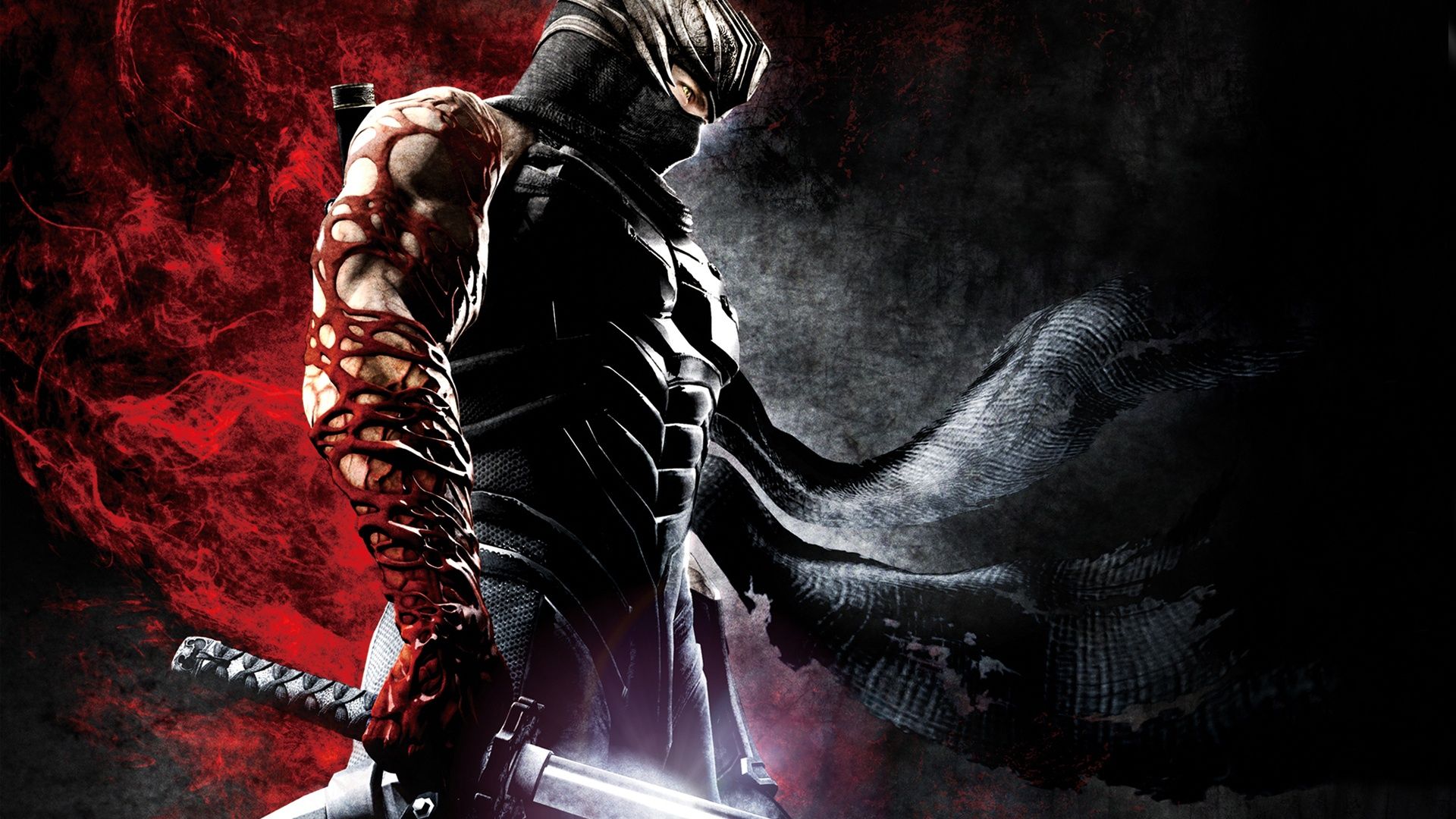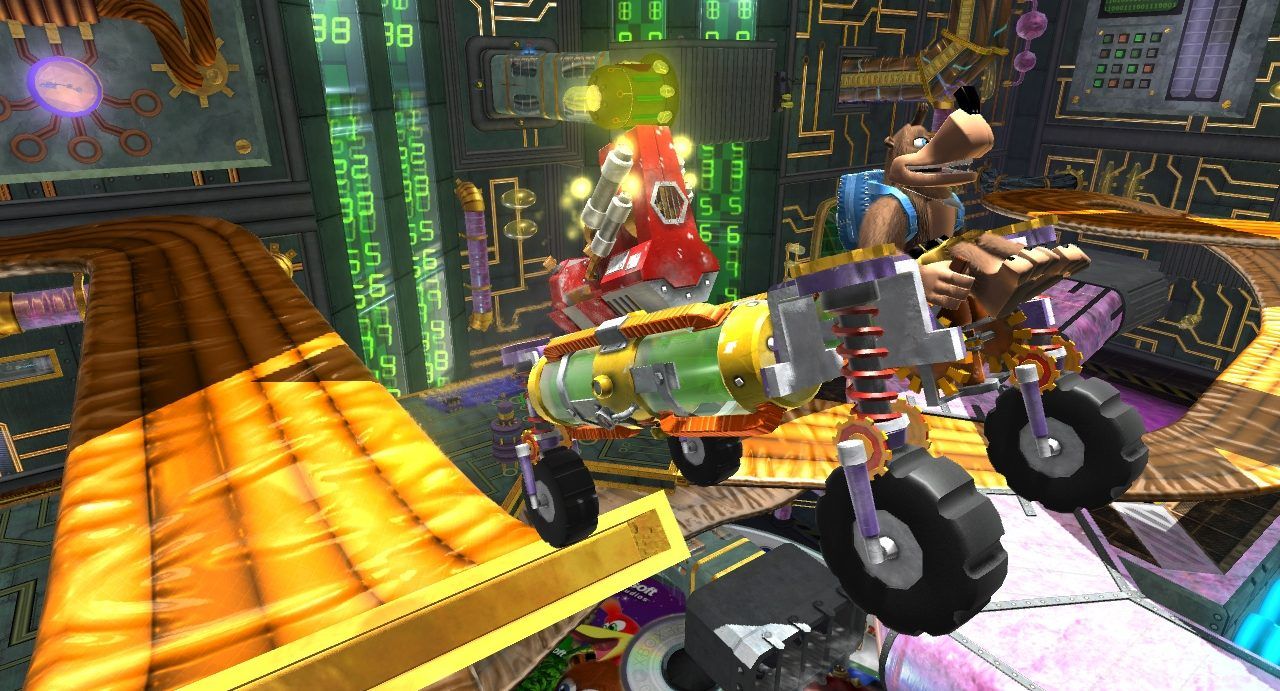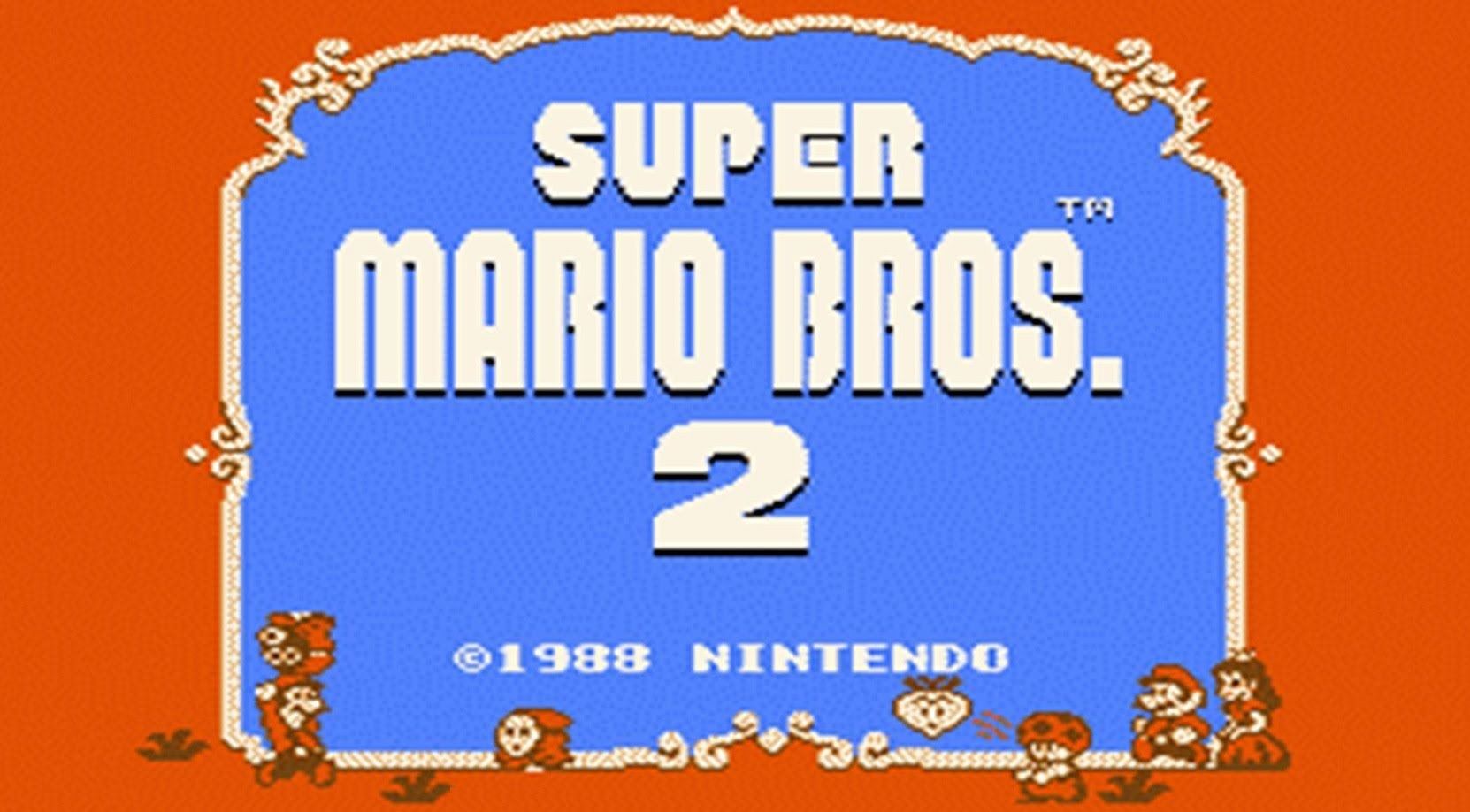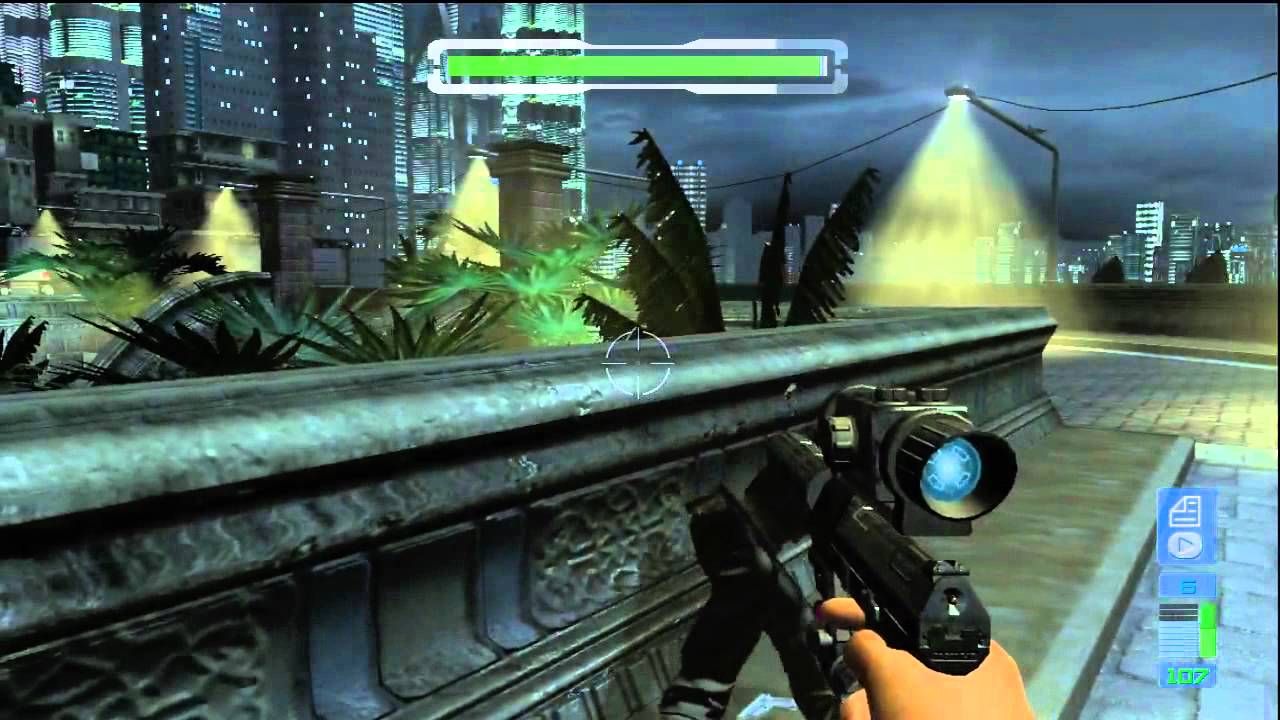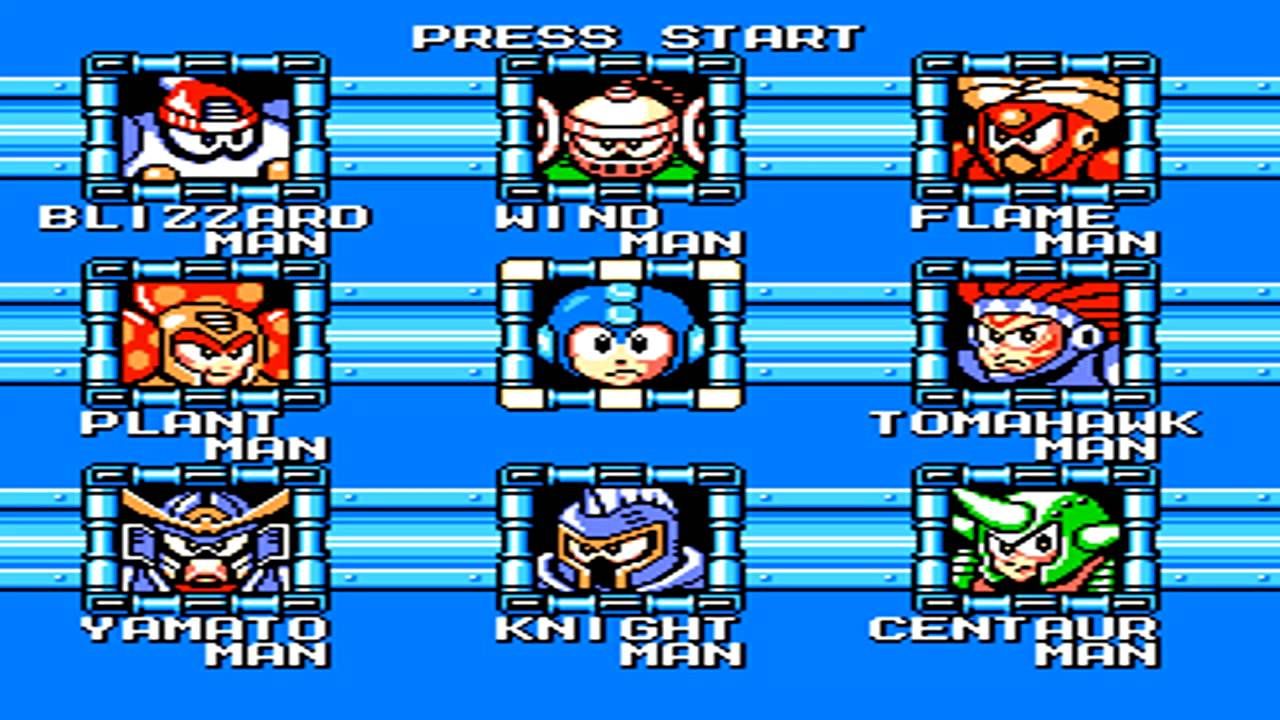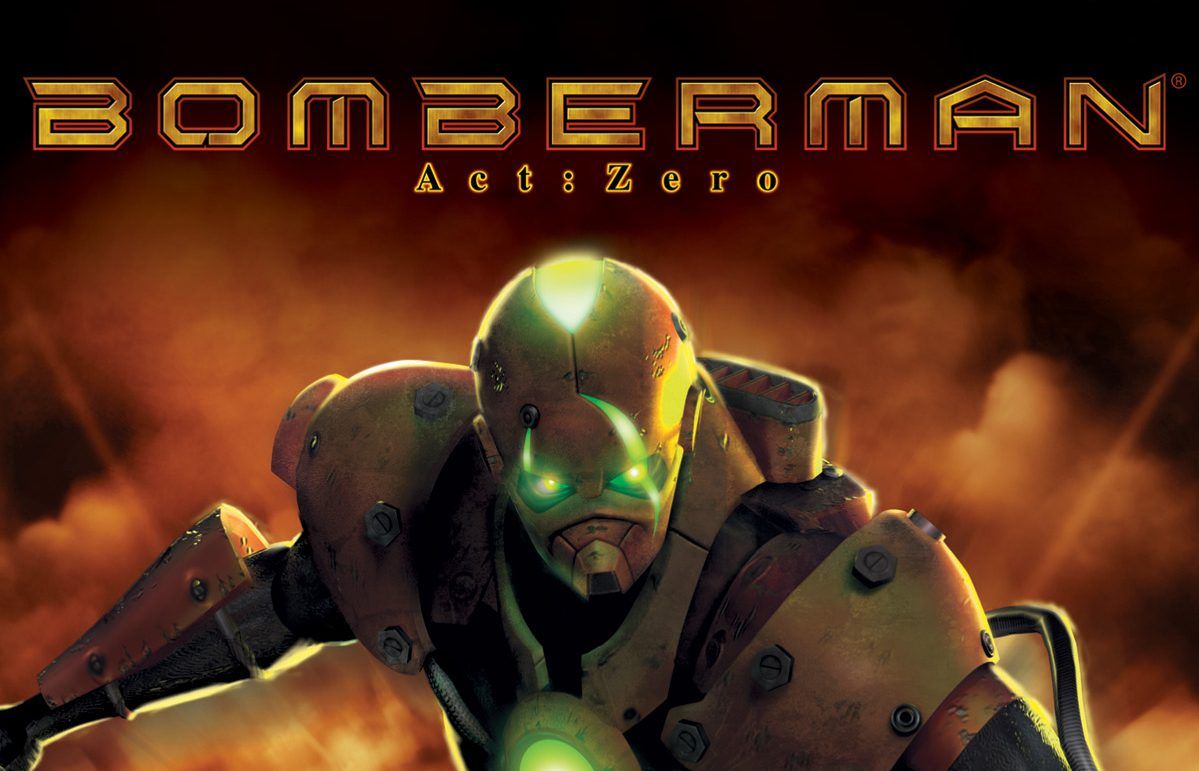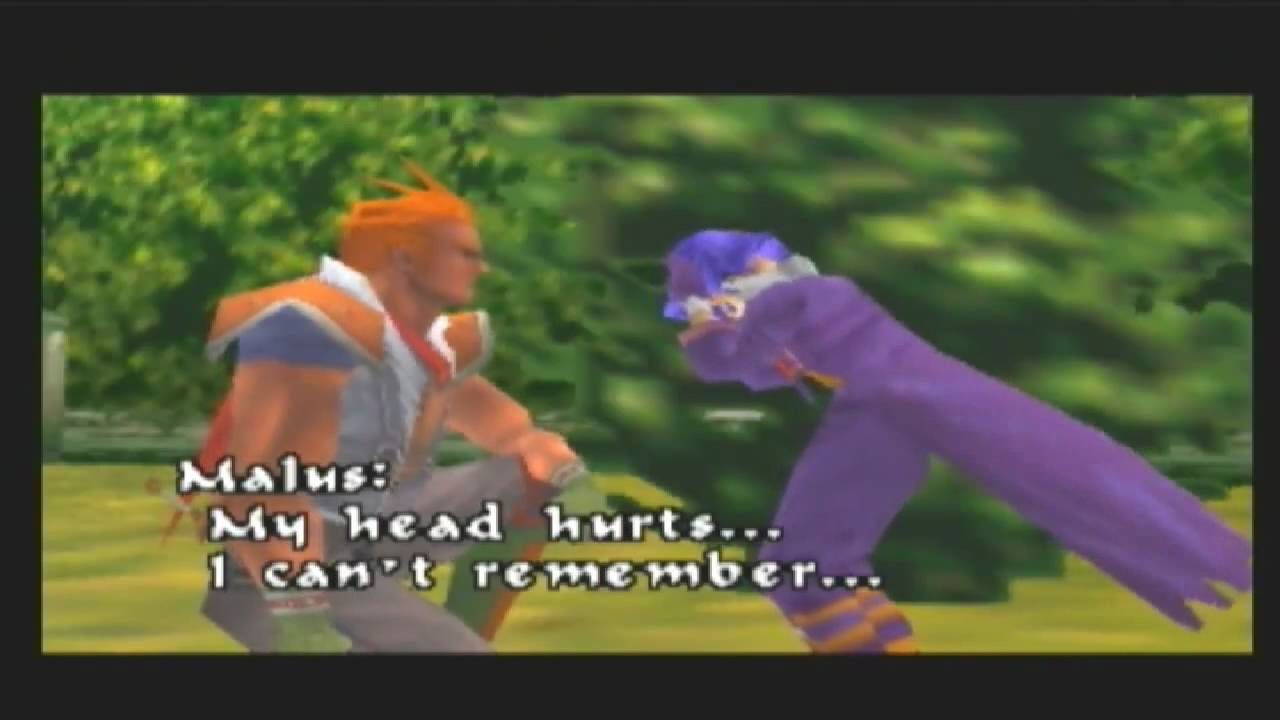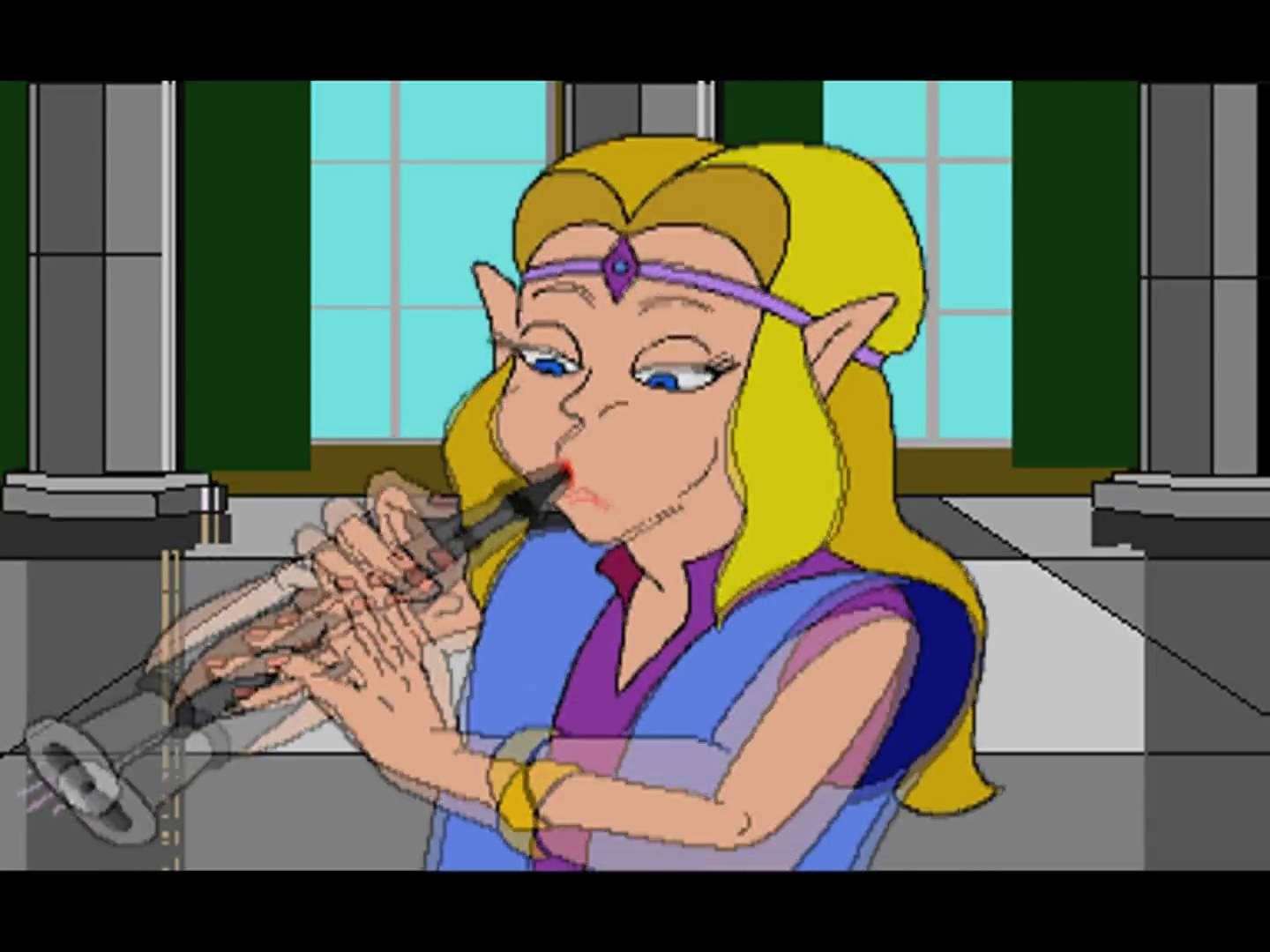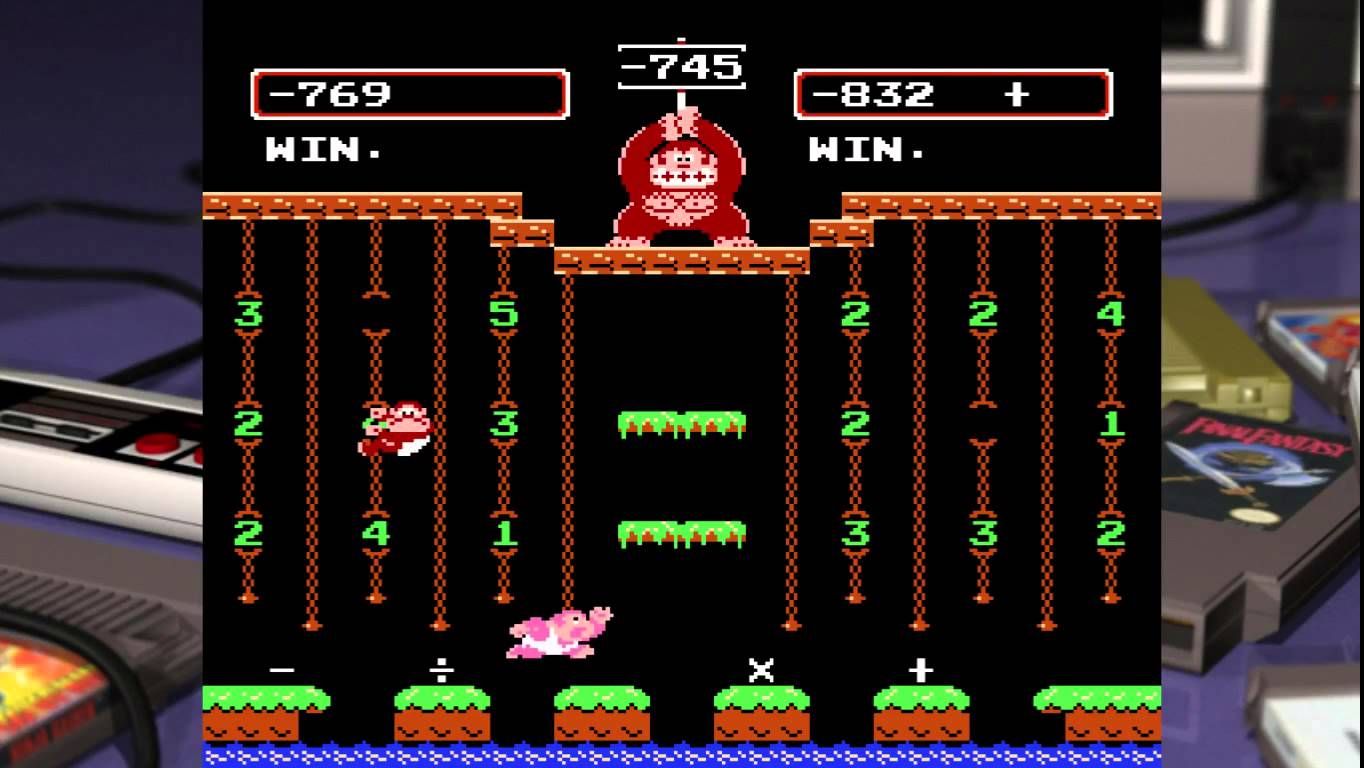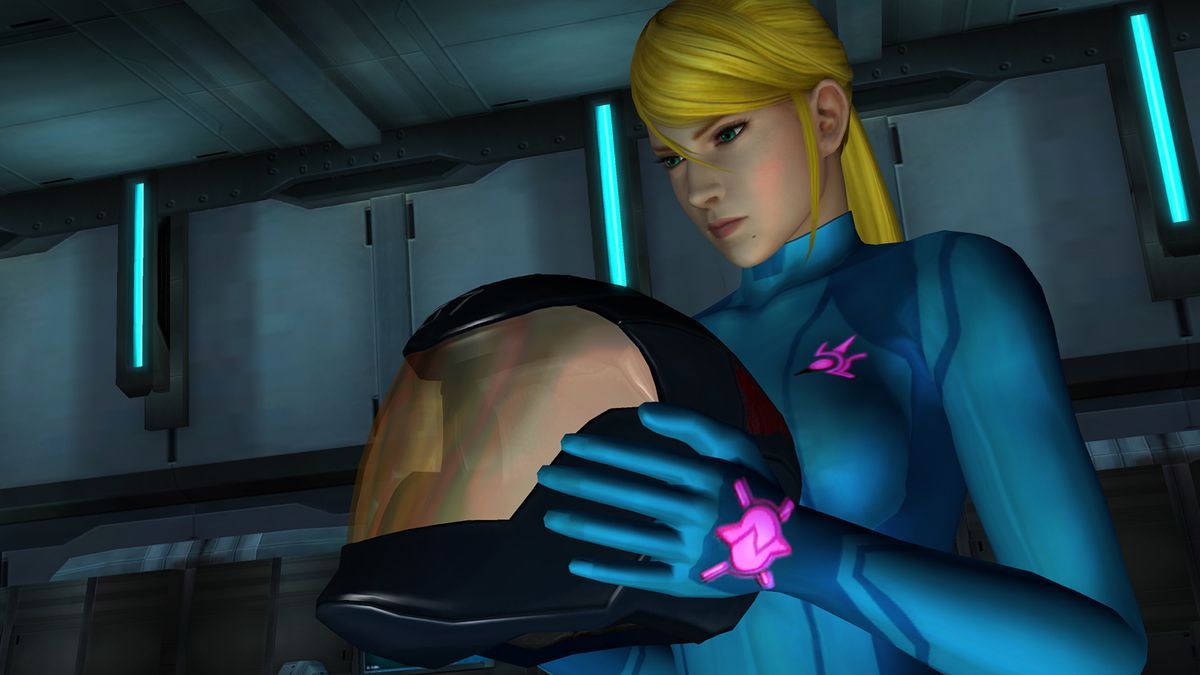Nintendo is a company with a long and storied history. Right out of the gate, Nintendo cruised to the lead in the 90s console war with Sega. Ultimately, it won (face facts, Sega fanboys, one of those companies is still making consoles) only to have Sony and Microsoft rise from its ashes, clashing with them to this day. In the modern age, Nintendo has almost lost the fight on a couple of different occasions (not being too specific, but the ones I'm referring to rhyme with "Frame Lube" and "Glee Two"). Still, Nintendo seems to be coming back to prominence with the Switch, despite only having one solid launch title thus far.
Throughout its lifetime, Nintendo has created several long-lasting game franchises and been the console of choice for other well-known properties. Over time, a certain standard of quality gets built up around those marquee series. Nintendo and friends have created, and sometimes the follow-ups to games everyone loved and waited for disappoint their fans so hard, there's almost no coming back from it. If there is, it's only after a significant course correction in the inner workings. Often, though, there is no coming back from these train wrecks, and fans are left unfulfilled with how their favorite series unceremoniously came to an end.
With that in mind, here are a few examples of some of the worst blunders from franchises started on Nintendo consoles and either spun out of control, or crashed and burned it out entirely.
15 Bionic Commando (2009)
Do you guys remember Bionic Commando? I'll be honest, the only reason I knew it existed was because of an old hint book for NES games I had way back in the day. Of course, I gave it a try with an NES emulator further down the road. It was a good time for a side-scroller with no permanent save feature (i.e. passwords, save files, etc.). It controlled well, and the bionic arm added a whole new dimension to the traditional platforming that people had gotten used to.
Jump forward twenty years and a 2.5D remake, Bionic Commando: Rearmed, was generally well-received. Not wanting to miss out on a new franchise opportunity, Capcom decided to sequel the remake of the original, but instead of doing another 2.5D frag fest, they turned it into an all-out 3rd-person shooter with a gritty edge to it. A far cry from the original's tone, which modeled after the Arnold Schwarzenegger cheese-fest Commando. Instead, they went all First Blood and completely lost the tone of the series. They tried to redeem themselves by building a sequel to Rearmed —continuity be damned— but by then, all hopes were shattered.
14 Mega Man X7
If there's a series that defines platforming, it's Mega Man. If there's a series that made it better with more modern conventions, it's Mega Man X. And if there's a game that killed the innovation and style of the X series, it's Mega Man X7.
Core Mega Man games have always been side-scrollers. Sure, you have your Battle Network and Legends and what have you, but 2D side-scrolling has always been a defining characteristic for the blue bomber. For fifteen games across two core series, this never changed.
Until Mega Man X7. With X7, Capcom decided to go 3D, but the studio didn't really commit to it. As a result, the controls were wonky on top of an already not good game, and the game tanked heavily. Nevermind the fact that MMX's creator, Keiji Inafune, wanted the series to be over two games ago so the series could transition to the Mega Man Zero games. So without Inafune's help, Capcom did whatever it wanted and paid the price for it.
In an attempt to make amends, Mega Man X8 returned to its side-scrolling roots, but it was too late. The death blow had been struck. A truly sad end for a once-great series.
13 GoldenEye: Rogue Agent
The original Goldeneye for Nintendo 64 was responsible for consuming years of the lives of everyone who got a hold of it. Rare and Nintendo made something special that was never quite able to be replicated, but because all horses —who make money— must be beaten into submission for every penny they're worth, we got Goldeneye: Rogue Agent. A game that was less a James Bond game, and more a badly-Xeroxed photocopy of one. In this case, the Goldeneye name was just used for recognition purposes. You weren't playing James Bond, you were some MI6 agent codenamed Goldeneye. While the story was bland and uninteresting, the co-op gameplay that any game trying to be Goldeneye should excel at was a steaming pile of fetid buttholes.
As a result, the game was panned, and the Goldeneye name was marred forever. It was so badly received that EA, who held the once-great license at the time, let Activision purchase it so they could give it a try. They also made butts. Game publishers, it seems, don't know when to realize that some things are lightning in a bottle.
12 Zelda II: The Adventure Of Link
Full disclosure: I am about to talk a bunch of crap about a game I played days of back when I was a kid. I love this game, it holds dear personal value to me, and I will never talk badly about it again.
Buuuuuuut ... everyone hates Zelda II. And I can't blame them.
The thing is, I can't dodge any of their criticisms. It is a complete and literal perspective shift in both gameplay and mechanics. It is also riddled with terrible translation and an absolutely ruthless difficulty curve, especially towards the end of the game (oh my GOD the effin' approach to the final temple).
Your badass laser sword from the first game has become a teeny little knife that throws lame rainbow pictures of itself at enemies easily twice your size. The variety of weapons from the first game are also nonexistent as well, leaving you with a half-assed upgrade system and magic spells that barely augment your pathetic little box cutter. It was so bad that from this point forward, main series LoZ games went from top-down to over-the-shoulder third person, never to speak of the side-scrolling fumble that was. It would be four years before Nintendo would release another Zelda game, and thankfully, that brought the series back to life.
11 Castlevania II: Simon's Quest
God, this game. I've played it, but on an emulator that had a fast-forward feature (and, of course, I had the internet to tell me where to go). Even then, I got lost and annoyed. There is a good game in here, it's just so densely buried under crap mechanics and impenetrable mistranslation that most people's patience would run out before they could actually get into the game. It takes place in a broad open world, full of monsters and spooky settings, and the whole point of the game is to get all of Dracula's body parts together so you can resurrect him and kill him again. How metal is that?
Unfortunately, not metal enough. Simon's Quest is famously hated on by several sections of the internet to this day. While an argument could be made that this is the predecessor to the classic Metroidvania genre that makes up the majority of the good Castlevania games made in the past ten years. Still, this game was shuffled under the rug and forgotten for a whole decade before Symphony of the Night managed to make the genre a household name. It would be three years before Konami returned to the side-scroller format with Castlevania III, but for three years there was naught but a bad taste in NES players' mouths.
10 Ninja Gaiden 3 (2012)
Ninja Gaiden is a classic NES side-scrolling action game known for its punishing difficulty and balancing that out with absolutely nothing. But at least you get to play as a ninja!
Publisher Koei Tecmo decided to reboot their beloved property under the guidance of Dead or Alive rock star/game developer Tomonobu Itagaki and his crew, Team Ninja. In true Itagaki form, the new Ninja Gaiden blew gamers away in a flurry of blades, blood, and boobs, introducing Ryu Hayabusa to a whole new generation of players. They followed up with Ninja Gaiden 2, another hit, which introduced the importance of brutally dismembering your enemies lest their arm animate and slice your Achilles' tendon or something.
After NJ2 though, Itagaki and other members of Team Ninja left publisher Koei Tecmo. In what would end up being known as the Kojima effect, the publisher decided to patch together a zombie version of Team Ninja, sans a very large part of the creative force that made it great, to begin with. They were responsible for Ninja Gaiden 3, a game that took all of the complexity and difficulty of the last two games and turned it into an over-streamlined hack fest with no difficulty to speak of. It was so lukewarm that any forward momentum the series had going crashed to a halt. There hasn't been a main series Gaiden game since, and fans shouldn't hold their breath.
9 Banjo-Kazooie: Nuts And Bolts
I've talked about the creepier aspects of Banjo-Kazooie before, but the real scariness is when your favorite Nintendo 64/Playstation era platformer releases a kart-based game. It's the swan song for any series that doesn't rhyme with "Blario," a precedent set by Crash Bandicoot. While the original two Banjo-Kazooie games were lauded as grand achievements in their genre, after the year 2000, things didn't go so well for this series.
The final botched act of CPR took place with Banjo-Kazooie: Nuts and Bolts, which actually might have been better off as a kart-racer. Instead, the game just provides you with the same open world as the previous two games, but adds needless complexity, requiring the player to build karts a-la 'gummy ship system' from Kingdom Hearts (You remember that, right?) Making you go on missions with your Macgyvered together vehicles was a chore. The problem is, unlike the full and lively open worlds of the first two games, most of Nuts and Bolts feels empty and unfinished, all with the added frustration of making vehicles for what feels like some tacked-on attempt at originality which wasn't even that original.
8 Super Mario Bros. 2
I swear classic Nintendo games have a really bad time with twos. In this case, it's Nintendo's odd derogatory attitude to North America that earned this title a spot on our list. The original sequel to Super Mario Bros came out in Japan in 1986, hot on the heels of the original, but featured a huge spike in difficulty. It was basically the same premise as the first go-round, but with poison mushrooms, warp zones that sent you back levels, and wind gusts that changed your jump trajectory mid-air. All of which contributed to the game's rage-factor. It was so hard that Nintendo didn't release it in North America, citing the difficulty as a major deciding factor.
However, they did give us a sequel when they re-skinned the game Doki Doki Panic to include Mario sprites. While it was good, it didn't feel like a real Mario game overall. The whole aesthetic had shifted greatly compared to the original, and things like health meters and enemies you had to throw turnips at all added to the confusion. When all was said and done, SMB 2 had a style that may have been successful, but could not escape the feeling that this was Mario starring in someone else's game. Maybe that's why Mario 3 was based on a stage play.
7 Perfect Dark Zero
Perfect Dark was Rare's spiritual sequel to their legendary FPS Goldeneye. It featured the same style of gameplay, but put players in the thigh-high boots of Joanna Dark. Make no mistake: Joanna was a bad ass spy and weapons expert extraordinaire. Players loved the new story in familiar trapping and praised the multiplayer experience even more.
Then nothing. Fans were left itching for more of their good time gal for five years before Rare released a launch title for the Xbox 360, Perfect Dark Zero. Meant to be a prequel to the original game, this introduced us to a Joanna Dark that was different both in appearance and personality. While those things might have been acceptable if presented correctly, they certainly were not. PDZ felt seriously unfinished, with characters glitching, controls feeling stiff as a board, and just being an overall crap pile to play. The voice acting was cheesy and ham-fisted as well, and while 'ham and cheese' makes for good sammiches, it doesn't make for good games.
6 Mega Man 6
For the longest time, Mega Man was the go-to platformer on the NES if you liked your games with a sci-fi theme over Mario's cartoonish fantasy style. Also, you could blow up giant robots in this one, so that was a plus. The original, while unforgiving, set a standard for the games to come, with the blue bomber blasting robot masters to smithereens and facing off against the evil Dr. Wily. For five games, the experience felt fresh and fun every time, introducing new characters and new moves, new stages that challenged as much as they wowed players with their art style and enemy variety.
However, something got a little wonky with Mega Man 6. The story is threadbare, even for Mega Man standards: some evil master (that's totally not Dr. Wily, you guys) has taken over what is the Mega Man universe's version of the Olympics, corrupting the competing robots and forcing them to do bad stuff. So it's up to Mega Man to save them all by blowing them up. And then, in the end, it was Dr. Wily all along. Shocking.
Now, part of the problem with this game isn't its fault. This game was released when the NES was losing market share to its big brother, SNES, but Capcom decided to keep the original Mega Man series going. A month after this game's release, one of the biggest platformers of all time hit the scene, Mega Man X, which overshadowed any success MM6 was ever going to have. From here, Mega Man would have a couple of second-rate SNES games and a soccer game of all things. It would be years before the main series would recover.
5 Bomberman Act: Zero (sic)
You guys know what gamers really can't get enough of? Dirty, gritty, smelly, dark remakes of classic properties. Oh man, it's so innovative when game companies introduce us to the darker sides of our favorite characters. And nowhere was it more welcome than when Konami introduced us to Bomberman Act: Zero.
Except no. It's not. There's no part of gritty reboots that people find interesting anymore. God, I'm sure that Konami would've given Bomberman five o' clock shadow if they could. Also, I'd like to point out that the terrible grammar of the title should act like a forewarning to the crap that you're going to find in this box.
Bomberman was conceived as a goofy little dude who blew up cartoony enemies with bombs. It's like if Dig Dug got trapped in a more claustrophobic, one-screen labyrinth from the original Legend of Zelda. So, of course, it makes sense to reimagine the character as a cybernetic mercenary for hire struggling for freedom.
To everyone who's not a complete idiot's surprise, the game tanked and was the only time we saw this tin man monstrosity calling itself Bomberman.
4 Castlevania (Nintendo 64)
Alright, guys. I need you to stay with me here. We're getting into the nitty-gritty of this list. The real cringe-fests and shame puddles created by some of our most revered game franchises of all time. These games may bring horror and revulsion at even hearing the mention of their names, but once I bear them into the light, we can finally exorcise our demons once and for all, and go back to playing games actually worth our time.
Castlevania 64 sucks. It's the first 3D third person Castlevania game ever made, and it honestly should've just stopped there. The controls were crap, the graphics were blurry and muddy (the above screenshot is one of the good ones I could find that hadn't been updated in HD by fans), and the gameplay was cursed with far too much "puzzling" and not enough, you know, monster killing. The camera was also terrible, compounding the control problems and leaving a taste like rotten meat in gamers' mouths everywhere.
3 The Legend of Zelda CD-i Games
*At this point the Rick ran from his desk, refusing to write any further. He had to be restrained, sedated, and reminded that he would face legal ramifications if he did not complete the article he himself pitched.
-TheGamer Editorial Team
THIS IS ONLY THE THIRD WORST ENTRY?! Oh cruel fate, why did I do this to myself?
Remember when I said everyone hates Zelda II, but I love it? This is what I think of when I hear of a bad LoZ side-scroller. Zelda II, for all its faults, is a solid platformer and adventure game. Both of these games, which were released at the same time and feature identical enemies, animations, and gameplay mechanics, are so broken that to even look at someone playing them is an exercise in frustration. The 'cutscenes' the game seems to take so much time to smash into our faces are poorly animated and even more poorly voiced. I swear, even the worst movie dialogue is better than this. If fan reaction killed 2D Zelda, these games quartered its corpse, burned it, and spread its ashes on a pile of e-waste that was once the Phillips CD-i.
2 Donkey Kong Jr. Math
*Rick has refused food or drink for the last 48 hours, instead, he is pounding his head on his desk crying out incomprehensible epithets that no one on our team dares try to interpret. It is only through sheer force of will that he's brought himself to write this entry. We told him not to go down this rabbit hole, but he just kept ignoring us.
We warned him, folks.
-TheGamer Editorial Team
If anyone can hear me, please remember me for who I once was, not who I am after discovering Donkey Kong Jr. Math. If you're going to do an educational game, you cannot shoehorn it into a game engine that already exists and expect it to be good. There are a bunch of Mario games with the same problem, but at least those games took the time to try and create a world around the premise.
With this game, it is literally Donkey Kong Jr., with mathematical symbols and numbers plastered in, the main objective to create and solve math problems. It's incredibly lazy, and that's coming from the people who reskinned another game and called it a Mario sequel. There's no redeeming value here, and I fear for my safety as I move onto a game even worse than this.
1 Metroid: Other M
No.
Oh God, no.
*We came in this morning to find Rick passed out, with some scratches on his chained leg. When we were able to rouse him, he told us he tried to gnaw his leg off to escape talking about this game, but wimped out and cried himself to sleep instead. We ended up taping tissues under this eyes because he couldn't stop crying, even though he hasn't had anything to drink for more than twelve hours. He said typing words about this game was physically painful.
-TheGamer Editorial Team
Samus is one of the most respected female characters in video games. She is a multi-dimensional, genuinely interesting character. Sams has no problem whatsoever blowing up a giant psychotic brain with her one-arm cannon, and freeze-drying a pterodactyl-looking alien monster at the same time. She is the bad ass bounty hunter of the stars that everyone looks up to. She does what she wants, how she wants, when she wants.
Metroid: Other M turns her into a mewling weakling, a petulant little crybaby whose actions revolve around how it's going to get her father figure/commanding officer Adam to react. Gone is the cool bounty hunter that's been established in the series' timeline for nine damn games. Here, all of her actions are to provoke or please her commanding officer, because that makes for some kind of character development I guess? Don't you love it when your favorite badass gets retconned into a wimp?
So there it is. Fifteen games no one should ever talk about ever again. They should all be put into the world's worst time capsule and jettisoned into the sun. And now that the Eds have unchained my foot, I'm going to go home and sleep for a month.

